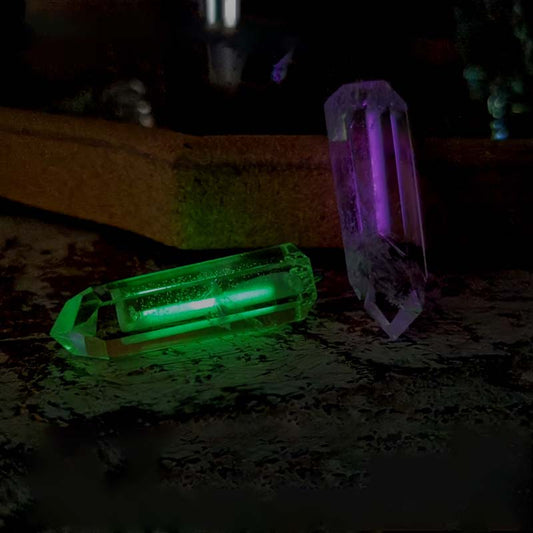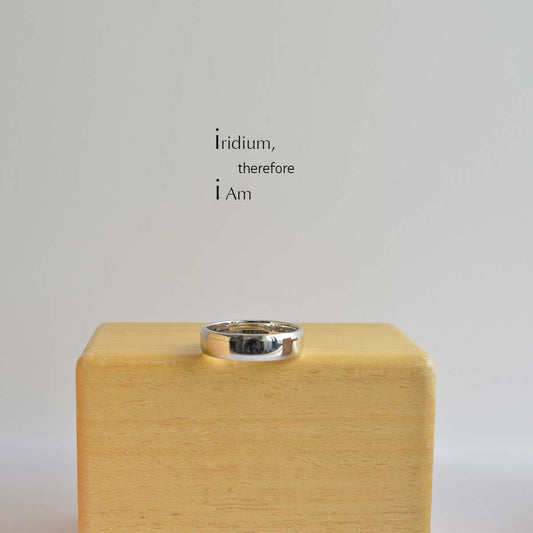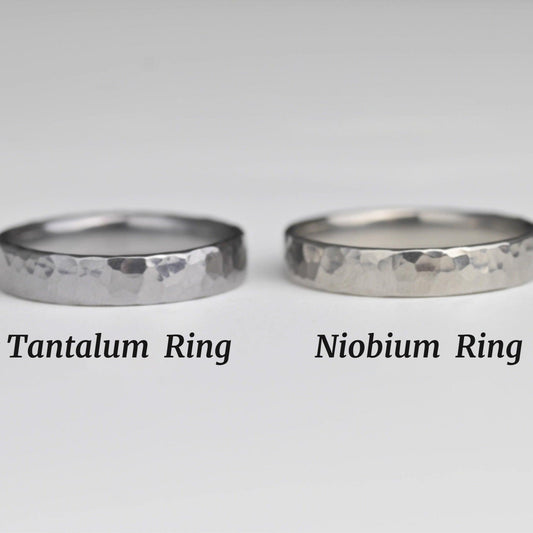The Enchanting Dance of Alexandrites Colors
The Enchanting Dance of Alexandrites Colors
As I sat in a cozy corner of my favorite cafe, sipping on a steaming cup of Earl Grey, I couldn’t help but notice the subtle shift in colors from the world outside as the day progressed. It reminded me of an equally mesmerizing spectacle—one that occurs in the heart of a unique gemstone: alexandrite. Known for its remarkable and almost mystical ability to change color, alexandrite is a gem that captures attention not just for its beauty but for the scientific marvel it represents.
Alexandrite is a variant of chrysoberyl, a mineral that achieves its color-changing magic, thanks to a quirk in its chemical structure. It contains chromium ions, the same element that gives emeralds their lush green hue. Under natural daylight, which has a high blue content, alexandrite appears green or bluish-green. However, under the warm glow of incandescent light, which is richer in red wavelengths, it dramatically shifts to a red or purplish-red. This isn't just a casual color change; it's often described as "emerald by day, ruby by night."
This color transformation has made alexandrite highly prized among gem collectors and jewelers. Historically, it was discovered in the Ural Mountains of Russia in the 1830s and was named after Tsar Alexander II. The stone’s unique ability to change color was promptly associated with the dual nature of Russian identity, a theme often explored in literature and art. It’s a gem that wears its history on its sleeve, or perhaps more aptly, under its dazzling facets.
In a more personal context, I recall an old family heirloom—a ring with a modest alexandrite stone mounted at its center. My grandmother would often wear it during special family gatherings. As a child, I would watch, utterly fascinated, as the stone danced from green to red under the shifting lights of the dining room. In those moments, it seemed to hold the warmth of family dinners and the mystery of its color-shifting magic within its small, shimmering depths.
Alexandrite's rarity adds another layer of allure. While it was originally found in Russia, good quality alexandrite is scarce today. Mines in Brazil, Sri Lanka, and East Africa now supply most of the world’s market, but stones of the highest quality still command a premium. This scarcity makes owning even a small piece of it feel like you’re holding a secret of the Earth—a whisper of its geological storytelling.
In a world where everything seems easily accessible or replicable, the uniqueness of alexandrite is a breath of fresh air. Its color change is not just a parlor trick; it's a reminder of nature's complexity and the intricate dance of light and chemistry. Whether you’re an avid gem enthusiast or someone who simply appreciates the rarities life has to offer, the experience of witnessing alexandrite’s color shift is unforgettable.
As I finished my tea, I couldn’t help but smile at the thought of alexandrite—a gemstone that plays such a delightful game with light, just as the shadows and sunbeams weave their tapestry outside my cafe window. It makes you wonder: what other marvels do we pass by, unaware, until the conditions are just right to reveal their true nature?


























